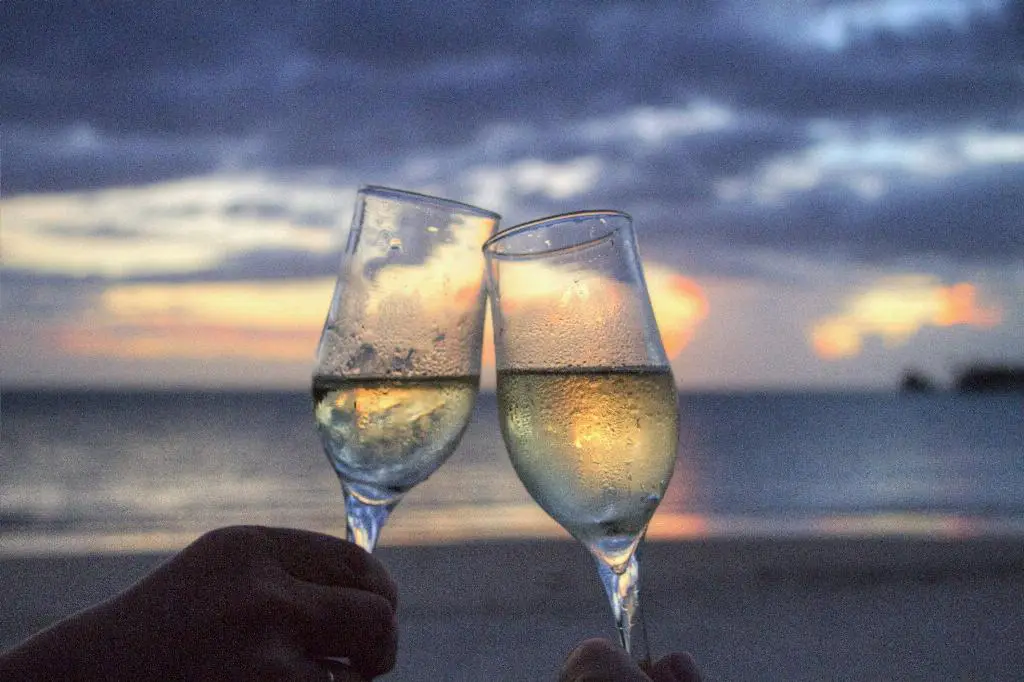When it comes to discussing colors, there is often confusion between shades that appear similar. One such example is the comparison between champagne and beige. While these two hues may seem alike at first glance, there are subtle differences that set them apart.
Understanding Champagne Color
Champagne color is often associated with elegance and sophistication, much like the sparkling wine it derives its name from. This hue is a delightful blend of yellow and orange tones, giving it a warm and luxurious appearance. It evokes a sense of celebration and is commonly used in fashion, interior design, and even weddings.
Exploring the Nuances of Beige
In contrast, beige is a more neutral color that is often described as a light shade of brown or tan. It lacks the vibrant undertones found in champagne and tends to have a cooler, more subdued appearance. Beige is frequently utilized in interior design for its calming and versatile nature, making it an excellent choice for creating a soothing atmosphere in a room.
Differences in Undertones
One of the key distinctions between champagne and beige lies in their undertones. Champagne color typically carries warm undertones due to its yellow and orange components. On the other hand, beige generally has cooler undertones with hints of gray or even green. These variations in undertones can significantly impact the overall look and feel of a color scheme.
Examining the Lighting Effects
Lighting plays a crucial role in how we perceive colors. Champagne color exhibits a shimmering quality, almost like the effervescence of a glass of champagne. In contrast, beige remains more subtle and understated, reflecting light in a more straightforward manner. The different ways these two colors interact with light can influence the ambiance and mood in a space.
Application in Design
Both champagne and beige offer their unique appeal and versatility in design applications. Champagne adds a touch of warmth and vibrancy to a room, making it suitable for accent walls or statement pieces. Beige, on the other hand, serves as a reliable base color that can easily be paired with bolder shades or used to create a minimalist aesthetic.
Considerations for Fashion Choices
While closely related, champagne and beige can elicit different impressions in fashion. Champagne is often seen as more glamorous and formal, making it a popular choice for eveningwear or special occasions. Beige, on the other hand, is favored for its timeless and understated elegance, making it a versatile option for both casual and formal attire.

Conclusion
While champagne and beige may share some similarities, they are distinct shades with unique characteristics. Champagne exudes warmth and vibrancy, combining yellow and orange undertones, while beige remains more neutral and cooler in appearance, often described as a light brown or tan. Understanding these subtle differences allows for more informed choices when it comes to color selection in various contexts, be it design or fashion.
